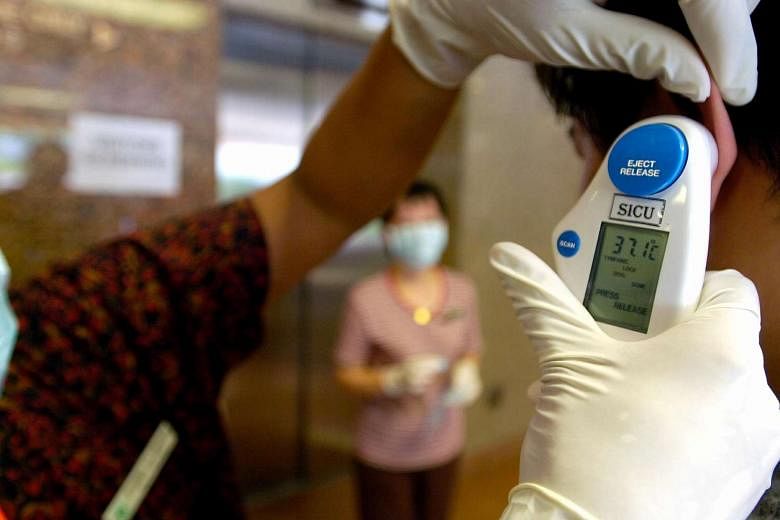The number of cases of scarlet fever has hit a 50-year high in the United Kingdom, according to Public Health England (PHE), a branch of the UK's Department of Health that specialises in educating the public about health problems.
Reports in English newspapers have cited PHE's figure of 6,157 new cases, affecting mostly children, since September last year (2015).
With more than 17,000 cases recorded last year, primary schools and family doctors have been told to look out for new cases of the highly contagious disease. The number of cases is expected to rise in the coming month as scarlet fever is a seasonal infection and typically peaks from late March to mid-April.
Scarlet fever is an infection caused by group A Streptococcus bacteria and is spread through close contact with an infected person as well as contact with contaminated objects. Hence, those who are diagnosed are usually advised to stay away from school or work for at least 24 hours until after they start taking medication.
A rash usually sets in one or two days after the illness begins, giving the disease its name. The rash usually starts in areas like the neck, underarm, and groin before spreading to other parts of the body.
Other symptoms include a fever (above 38.3 deg C), a sore throat and a whitish coating on the tongue or the back of the throat. In rare cases, complications like acute rheumatic fever and pneumonia may occur.
The disease was much feared in the Victorian era when it was frequently fatal due to poor hygiene and a lack of access to antibiotics.
Once a prominent cause of infant deaths, the infection is no longer fatal today, as long as the patient seeks treatment and finishes a course of antibiotics. But researchers in America, where there is also a rise in scarlet fever cases, have linked the new outbreak to a super-resistant and aggressive strain of the bacteria.
There is currently no vaccine for the disease, but the worry is the high proportion of sick children: Eight out of 10 of the patients who are infected with scarlet fever are under 10 years old.
Sources: Independent, Gov.UK, The Guardian, KidsHealth, Centers for Disease Control and Prevention


